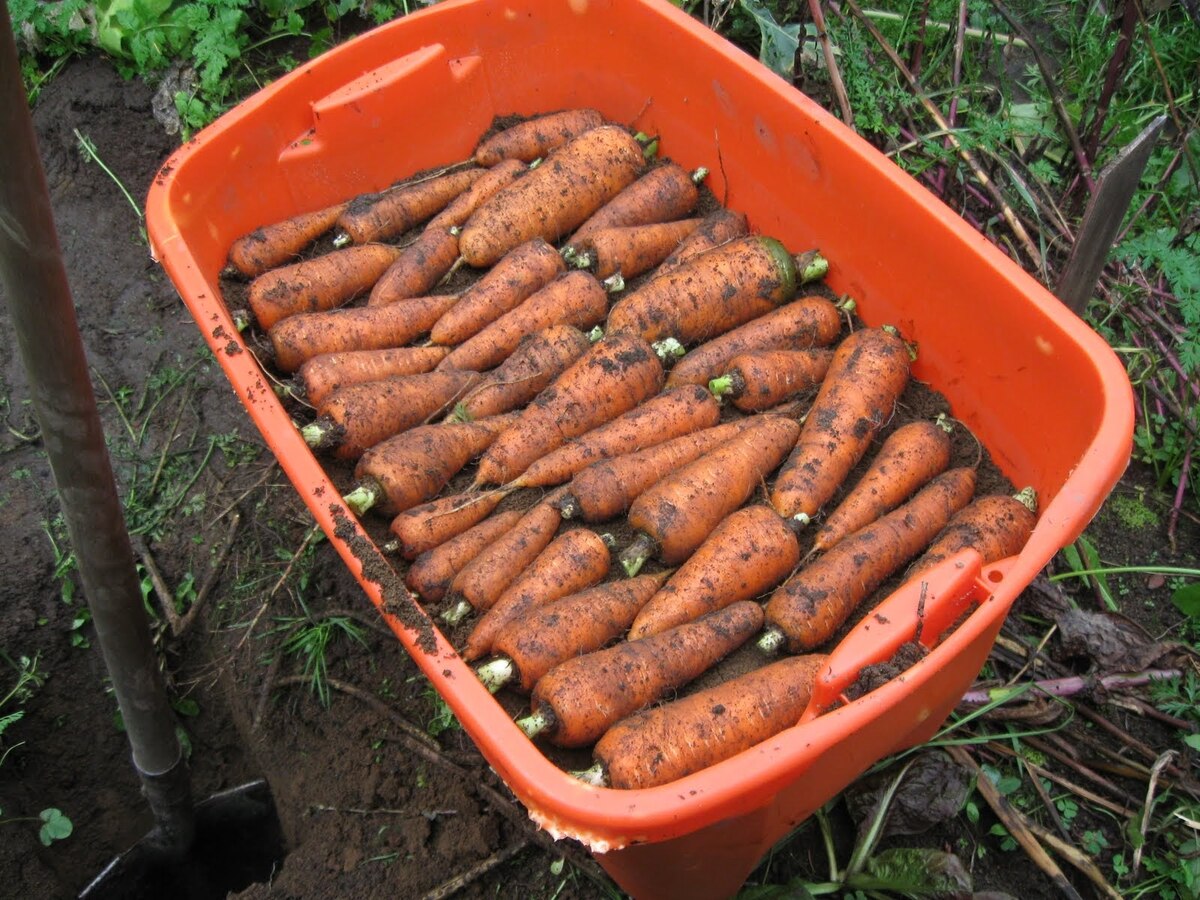

Articles
How To Store Carrots
Modified: August 27, 2024
Learn the best methods for storing carrots in this informative article. Find out how to keep your carrots fresh and flavorful for longer periods.
(Many of the links in this article redirect to a specific reviewed product. Your purchase of these products through affiliate links helps to generate commission for Storables.com, at no extra cost. Learn more)
Introduction
Carrots are a versatile and nutritious vegetable that can be enjoyed in a variety of dishes. Whether you grow your own carrots or buy them from the grocery store or farmer’s market, it’s important to know how to store them properly to maximize their freshness and shelf life. Proper storage not only ensures that your carrots stay crisp and flavorful but also helps to prevent food waste.
In this article, we will explore different methods for storing carrots, including refrigeration, root cellars, freezing, and storing in sand. We will also provide tips for extending the shelf life of your carrots, so you can enjoy them for longer periods.
So, if you’re ready to learn how to store carrots and keep them fresh and delicious for as long as possible, let’s dive in!
Key Takeaways:
- Store carrots in the refrigerator by wrapping them in a paper towel and placing them in a resealable bag in the vegetable drawer to maintain freshness for a few weeks.
- Extend the shelf life of carrots by storing them in a root cellar or cool basement, freezing them, or preserving them in sand, ensuring year-round enjoyment.
Read more: How To Store Carrots In Sand
Choosing Fresh Carrots
When it comes to storing carrots, starting with fresh and high-quality carrots is key. Here are a few tips to help you choose the best carrots for storage:
- Look for firm and smooth carrots: Avoid carrots that are soft, wilted, or have visible signs of damage. Fresh carrots should feel firm and have a smooth texture.
- Check the color: Carrots should have a vibrant orange color. Avoid carrots that are pale or have a greenish hue, as these may indicate that they are not fresh.
- Avoid carrots with green tops: Carrots with green tops indicate that they are likely older and may not stay fresh for long. Choose carrots with the tops removed or choose loose carrots without tops.
- Check for signs of sprouting or wilting: Look for carrots with intact tops and no signs of sprouting or wilting. This indicates that the carrots are fresh and have been stored properly.
By choosing fresh and high-quality carrots, you set a solid foundation for storing them properly and enjoying them for longer periods.
Cleaning and Preparing Carrots
Before storing carrots, it’s important to clean and prepare them properly. Here’s how to do it:
- Trim the greens: If your carrots come with leafy green tops, trim them off. The greens can cause the carrots to wilt faster, so it’s best to remove them.
- Remove any dirt: Rinse the carrots under cold running water to remove any dirt or debris. Use a vegetable brush to gently scrub the carrots if needed.
- Pat dry: After rinsing, pat the carrots dry with a clean kitchen towel or paper towels. Excess moisture can lead to spoilage, so make sure the carrots are completely dry before storing.
- Do not peel: It’s best not to peel the carrots before storing them. The outer skin helps protect the carrots and keep them fresh. You can always peel them before using them in your recipes later on.
- Cut to size (optional): If you have large carrots, you can cut them into smaller sizes for easier storage. However, it’s not necessary to cut them if you prefer to store them whole.
Once you have cleaned and prepared your carrots, they are now ready for storage. Proper cleaning and preparation help remove any dirt and debris, ensuring that the carrots stay fresh and ready for use.
Storing Carrots in the Refrigerator
Refrigeration is one of the most common methods for storing carrots, as it helps to maintain their freshness and crispness. Here’s how to store carrots in the refrigerator:
- Remove any excess moisture: Before refrigerating the carrots, make sure they are completely dry. Excess moisture can cause the carrots to rot quickly. Pat them dry with a clean kitchen towel or paper towels.
- Wrap in a paper towel: Take a piece of paper towel and wrap it around the carrots. The paper towel helps to absorb any excess moisture and keep the carrots fresh.
- Place in a bag or container: Put the wrapped carrots in a resealable plastic bag or airtight container. This adds an extra layer of protection and helps to prevent the carrots from drying out.
- Store in the vegetable drawer: Put the bag or container of carrots in the vegetable drawer of your refrigerator. The cool and humid environment of the vegetable drawer is ideal for extending the shelf life of carrots.
When stored properly in the refrigerator, carrots can last for up to a few weeks. However, keep in mind that the longer you store them, the more the quality and flavor may deteriorate.
Remember to check the carrots periodically for any signs of spoilage or decay. If you notice any soft spots or a foul odor, discard those carrots to prevent any contamination.
Storing carrots in the refrigerator is a simple and effective method to keep them fresh and ready to be used in various recipes.
Storing Carrots in a Root Cellar or Cool Basement
If you have access to a root cellar or a cool basement, it can be a great option for storing carrots. These environments provide the ideal conditions for keeping carrots fresh for an extended period. Here’s how to store carrots in a root cellar or cool basement:
- Prepare the storage area: Make sure the root cellar or cool basement is clean and dry. Remove any spoiled or rotten produce to prevent contamination.
- Choose the right container: Use wooden crates, mesh bags, or baskets to store the carrots. These containers allow good air circulation, which is important for preventing moisture buildup and mold growth.
- Layer the carrots: Place a layer of straw or wood shavings at the bottom of the container to provide insulation and absorb any excess moisture. Arrange the carrots in a single layer on top of the straw or wood shavings.
- Cover the carrots: Add another layer of straw or wood shavings on top of the carrots to create a protective layer. This helps to maintain a consistent temperature and humidity level around the carrots.
- Monitor the temperature and humidity: Check the temperature and humidity level of the root cellar or cool basement regularly. Aim for a temperature range of 32-40°F (0-4°C) and a humidity level of around 90-95% for optimal carrot storage.
When stored properly in a root cellar or cool basement, carrots can last for several months. The cool temperature and high humidity help to slow down the spoilage process and keep the carrots fresh.
Remember to inspect the carrots periodically for any signs of decay or mold. Remove any spoiled carrots to prevent them from affecting the rest of the batch.
If you don’t have access to a root cellar or cool basement, you can also simulate the conditions by using a cool corner of your basement or a cool garage. Just make sure to monitor the temperature and humidity levels to ensure optimal storage conditions.
Storing carrots in a root cellar or cool basement is an excellent way to prolong their shelf life and enjoy homegrown or locally sourced carrots throughout the year.
Store carrots in the refrigerator in a perforated plastic bag to maintain moisture and prevent wilting. Keep them away from ethylene-producing fruits to prevent them from turning bitter.
Read more: How To Store Carrots In The Fridge
Freezing Carrots
Freezing carrots is a convenient method to preserve their freshness and nutritional value for a longer period. Here’s how you can freeze carrots:
- Prepare the carrots: Start by cleaning and preparing the carrots as mentioned earlier. Peel and cut them into desired shapes, such as slices, sticks, or diced, based on your preference.
- Blanch the carrots: Blanching helps to maintain the texture, color, and flavor of the carrots. Bring a pot of water to a boil and add the carrots. Boil them for about 2-3 minutes, depending on their size. Then, remove the carrots and immediately transfer them to a bowl of ice water to stop the cooking process.
- Drain and dry: After blanching, thoroughly drain the carrots and pat them dry. Excess moisture can lead to freezer burn, so make sure the carrots are as dry as possible.
- Place in freezer bags or containers: Transfer the blanched and dried carrots into freezer-safe bags or airtight containers. Make sure to remove any excess air to prevent freezer burn. Label the bags or containers with the date for easy reference.
- Freeze the carrots: Place the sealed bags or containers in the freezer, making sure to arrange them in a single layer initially to facilitate quick freezing. Once they are frozen solid, you can stack them to save space.
Frozen carrots can be stored in the freezer for up to 12 months. They are perfect for adding to soups, stews, stir-fries, or steaming them as a side dish.
When you’re ready to use the frozen carrots, simply take out the desired amount from the freezer and thaw them in the refrigerator or cook them directly from frozen. Avoid refreezing thawed carrots, as it can affect their texture and taste.
Freezing carrots is a great way to preserve their freshness and enjoy their taste and nutritional benefits throughout the year.
Storing Carrots in Sand
Storing carrots in sand is a traditional method that has been used for centuries to preserve their freshness and prolong their shelf life. Here’s how to store carrots in sand:
- Select the right type of sand: Choose a clean, dry, and fine-grained sand. Avoid using beach sand or any sand that may contain contaminants.
- Prepare the storage container: Find a wooden crate, a plastic tub, or a box that is deep enough to accommodate the length of the carrots. Line the bottom of the container with a layer of sand, about an inch thick.
- Place the carrots in the sand: Arrange the carrots in a single layer on top of the layer of sand. Make sure the carrots are not touching each other to prevent any potential rot from spreading.
- Cover the carrots with sand: Gently pour sand over the layer of carrots, making sure to completely cover them. The sand acts as a protective layer, keeping the carrots insulated and preventing moisture loss.
- Store in a cool and dry place: Find a cool and dry spot where the temperature remains consistent, ideally between 32-40°F (0-4°C). A basement or cellar can be suitable for storing carrots in sand.
When stored in sand, carrots can last for several months, even up to a year. The sand helps to maintain the carrots’ moisture content and provides insulation to protect them from temperature fluctuations.
When you need to use the carrots, simply dig them out from the sand. Brush off any excess sand and rinse the carrots under cold running water to remove any remaining sand particles. They are then ready to be prepared and enjoyed in your favorite recipes.
Storing carrots in sand is a natural and effective method that helps to preserve their freshness and flavor, allowing you to enjoy homegrown or freshly harvested carrots throughout the year.
Tips for Extending Carrot Shelf Life
To maximize the shelf life of your carrots and ensure that they stay fresh for as long as possible, consider the following tips:
- Store unwashed: Avoid washing your carrots until you are ready to use them. Washing can introduce moisture, which can lead to quicker spoilage.
- Remove foliage: Remove the green tops from the carrots before storing them. The greens draw moisture from the carrots and can cause them to wilt faster.
- Separate from ethylene-producing fruits: Carrots are sensitive to ethylene gas, which is produced by certain fruits like apples and bananas. Store carrots separately from these fruits to prevent them from ripening and spoiling faster.
- Check for spoilage: Regularly inspect your stored carrots for any signs of spoilage such as soft spots, mold, or a foul odor. Remove any spoiled carrots promptly to prevent them from affecting the rest.
- Use breathable containers: If you choose to store carrots in containers, opt for breathable ones like mesh bags or baskets. These allow air circulation, preventing moisture buildup and helping to keep the carrots fresh.
- Keep in a cool and dark place: Carrots prefer cooler temperatures and should be stored away from direct sunlight or heat sources. Find a cool and dark spot in your pantry, root cellar, or refrigerator for optimal storage.
- Avoid overcrowding: Do not stack or overcrowd your carrots during storage. Give them enough space to allow air to circulate freely, reducing the risk of moisture buildup and mold development.
- Rotate regularly: If you have a large quantity of carrots, use the “first in, first out” principle. Place the newer carrots towards the back and the older ones towards the front. This way, you can use the older ones first and prevent them from going bad.
- Consider canning or pickling: If you have an excess of carrots, consider canning or pickling them to extend their shelf life even further. These methods preserve the carrots and allow you to enjoy them for an extended period.
By following these tips, you can maintain the freshness and quality of your carrots, reducing waste and ensuring that they remain crisp and delicious for an extended time.
Conclusion
Properly storing carrots is essential to preserve their freshness, flavor, and nutritional value. Whether you have homegrown carrots or store-bought ones, knowing the right storage methods can help you enjoy them for a longer period and reduce food waste.
In this article, we discussed various ways to store carrots, including refrigeration, root cellars, freezing, and storing in sand. Each method offers its own benefits and can be chosen based on your storage options and preferences.
Refrigeration is a convenient option for short-term storage, keeping carrots fresh for a few weeks. Storing carrots in a root cellar or cool basement provides ideal conditions for longer-term storage, allowing you to enjoy fresh carrots for several months. Freezing is an effective method to preserve carrots for up to a year, while storing them in sand is a traditional method that can extend their shelf life significantly.
Additionally, we shared tips such as storing unwashed, removing foliage, checking for spoilage, and keeping carrots in a cool and dark place to further extend their shelf life. By following these tips and choosing the right storage method, you can ensure that your carrots stay fresh and flavorful, ready to be used in a variety of delicious dishes.
So, whether you plan to enjoy crispy carrot sticks, add them to soups and stews, or incorporate them into your favorite recipes, proper storage will help you make the most of this versatile and nutritious vegetable.
Remember to always inspect your stored carrots regularly and discard any spoiled ones to prevent contamination. With these storage techniques and tips, you can enjoy the natural sweetness and crunch of carrots long after they leave the ground.
Frequently Asked Questions about How To Store Carrots
Was this page helpful?
At Storables.com, we guarantee accurate and reliable information. Our content, validated by Expert Board Contributors, is crafted following stringent Editorial Policies. We're committed to providing you with well-researched, expert-backed insights for all your informational needs.
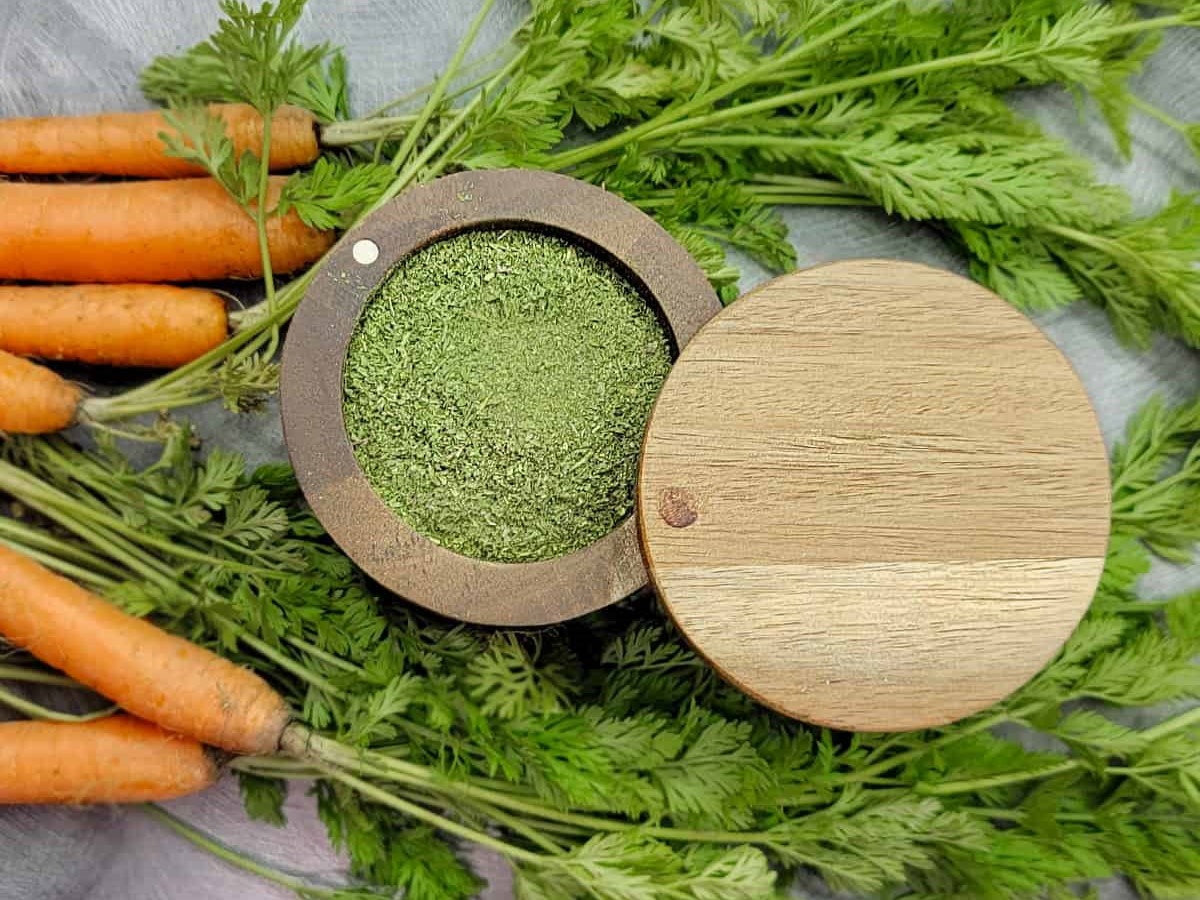
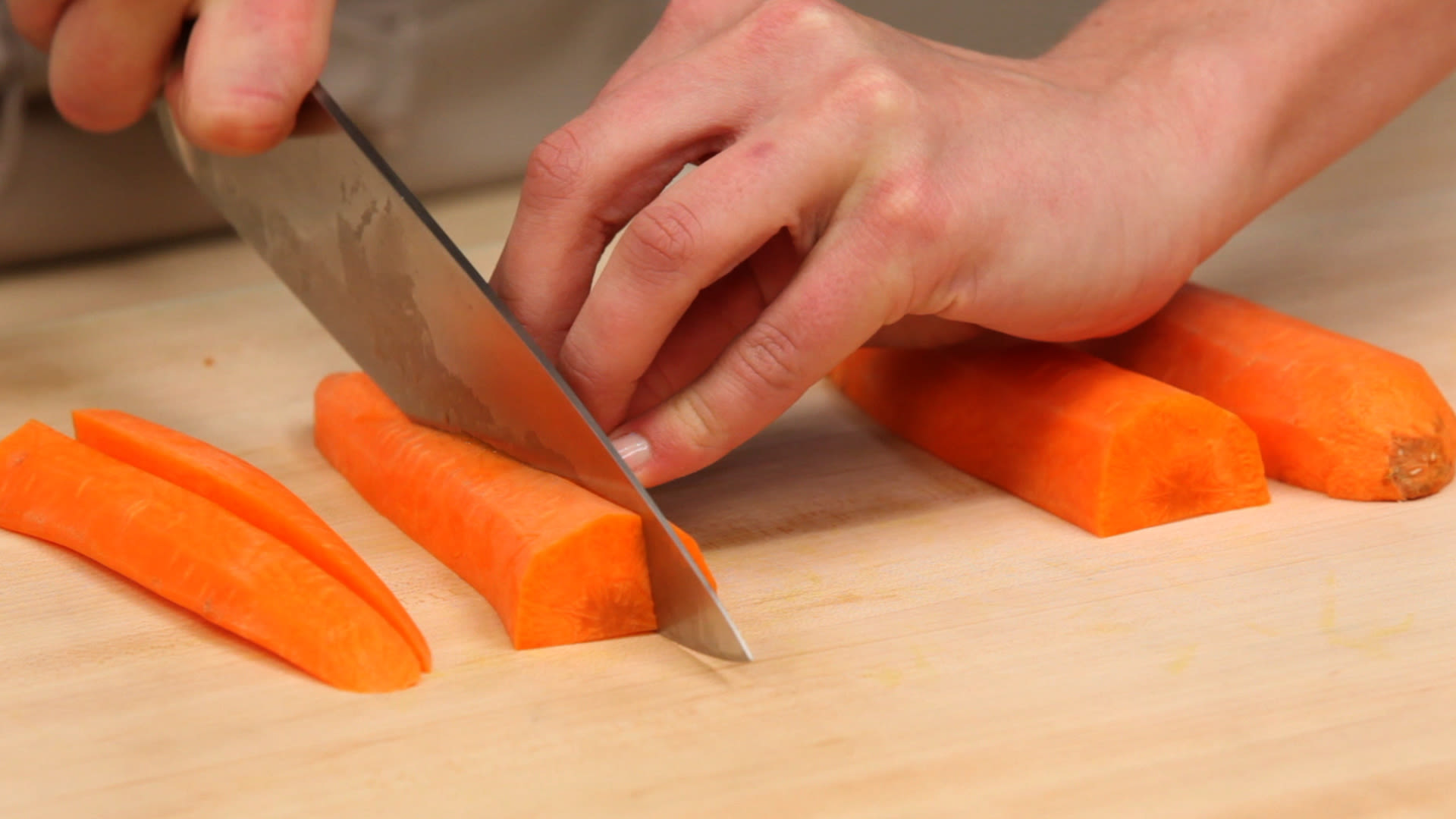
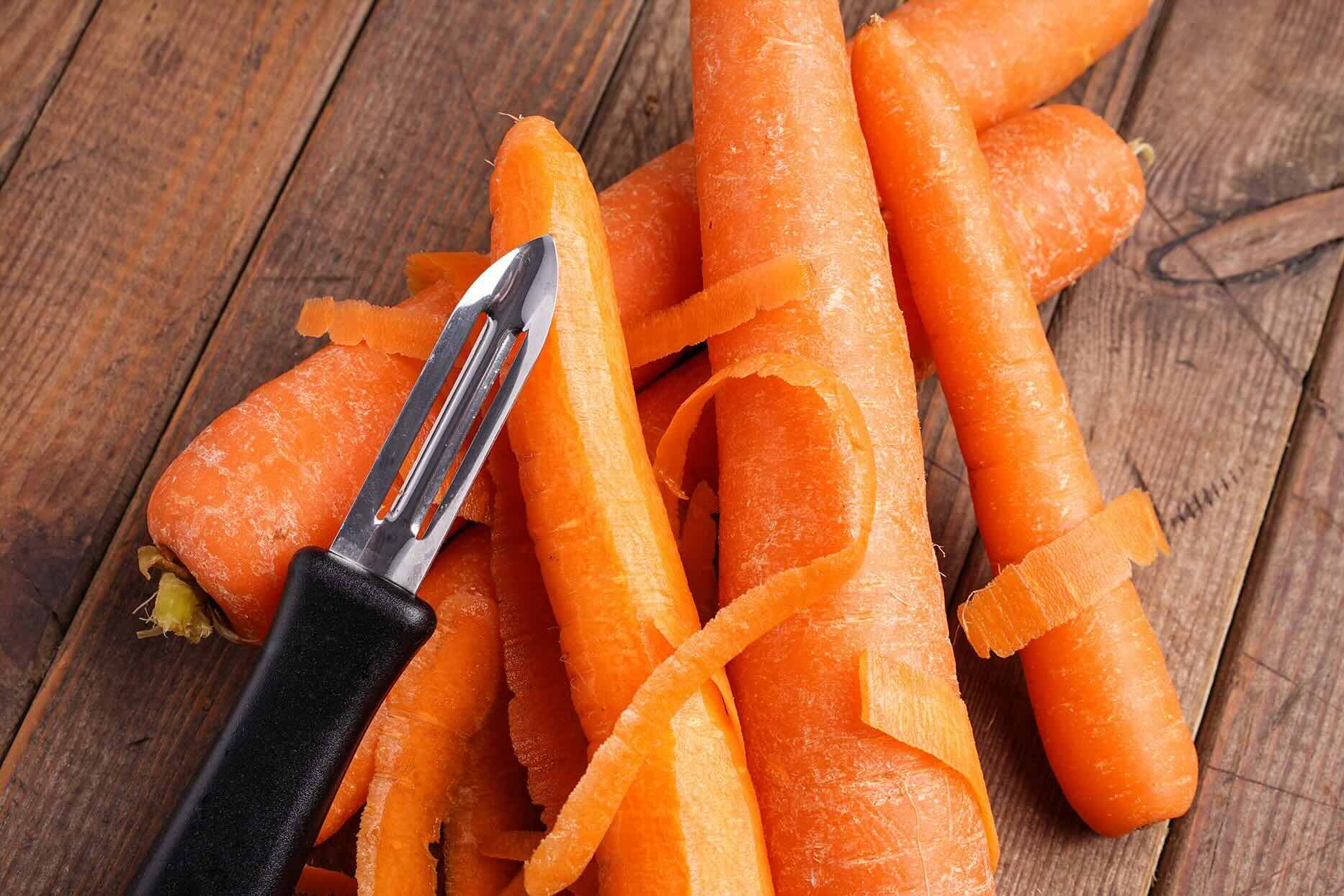
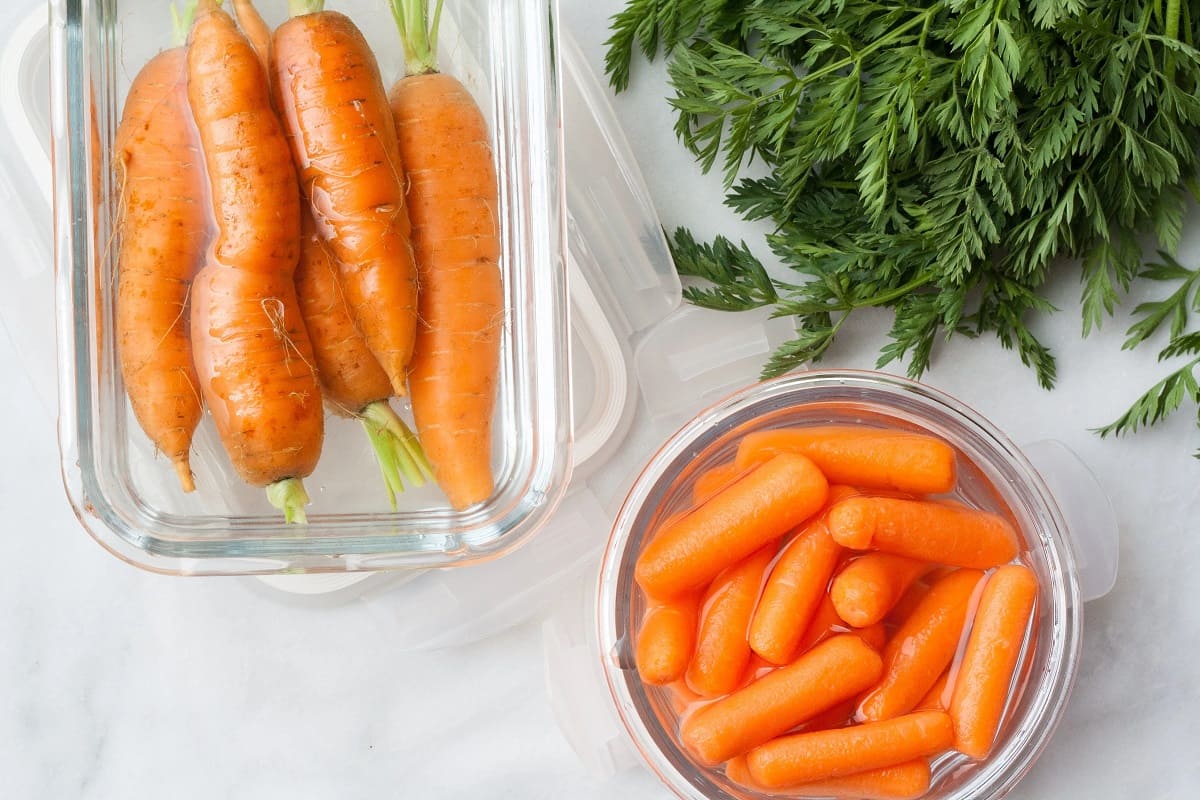
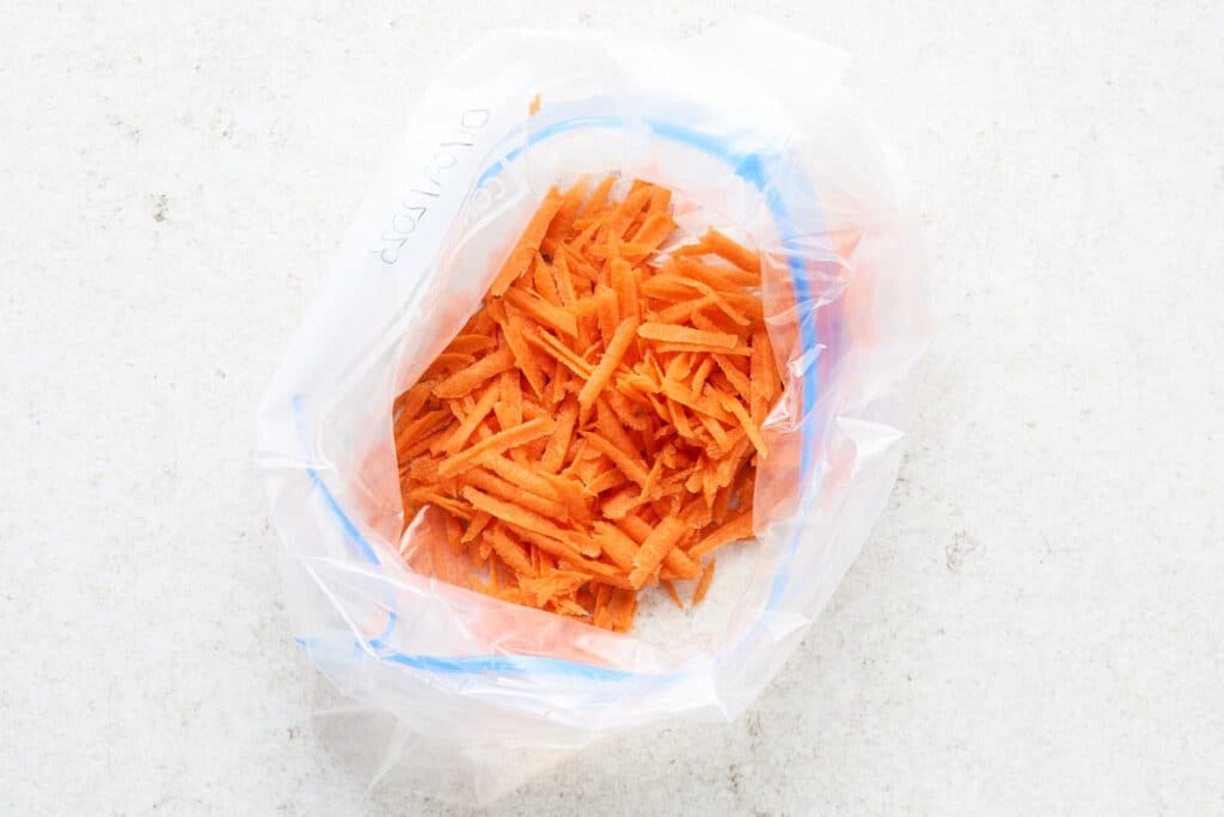
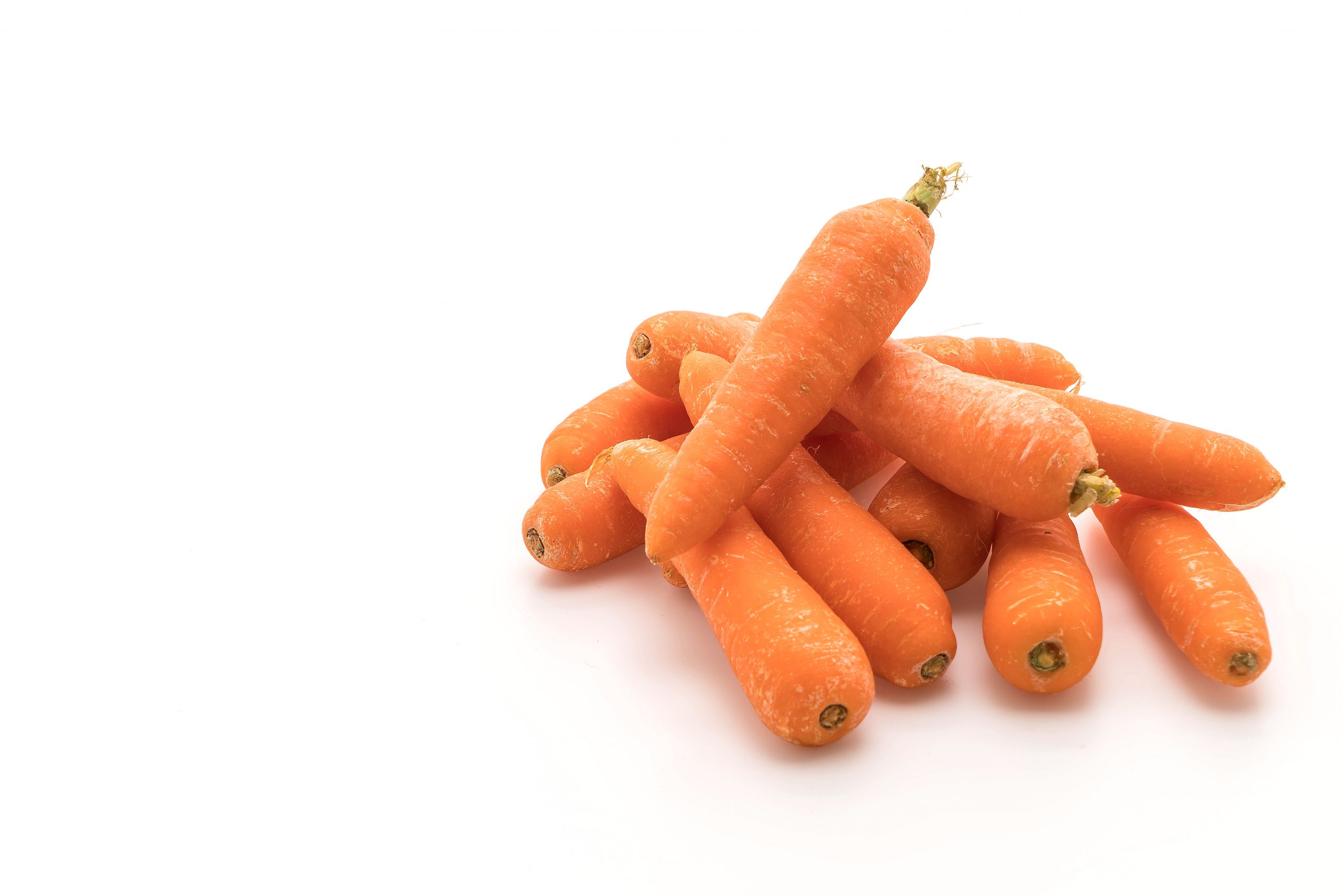
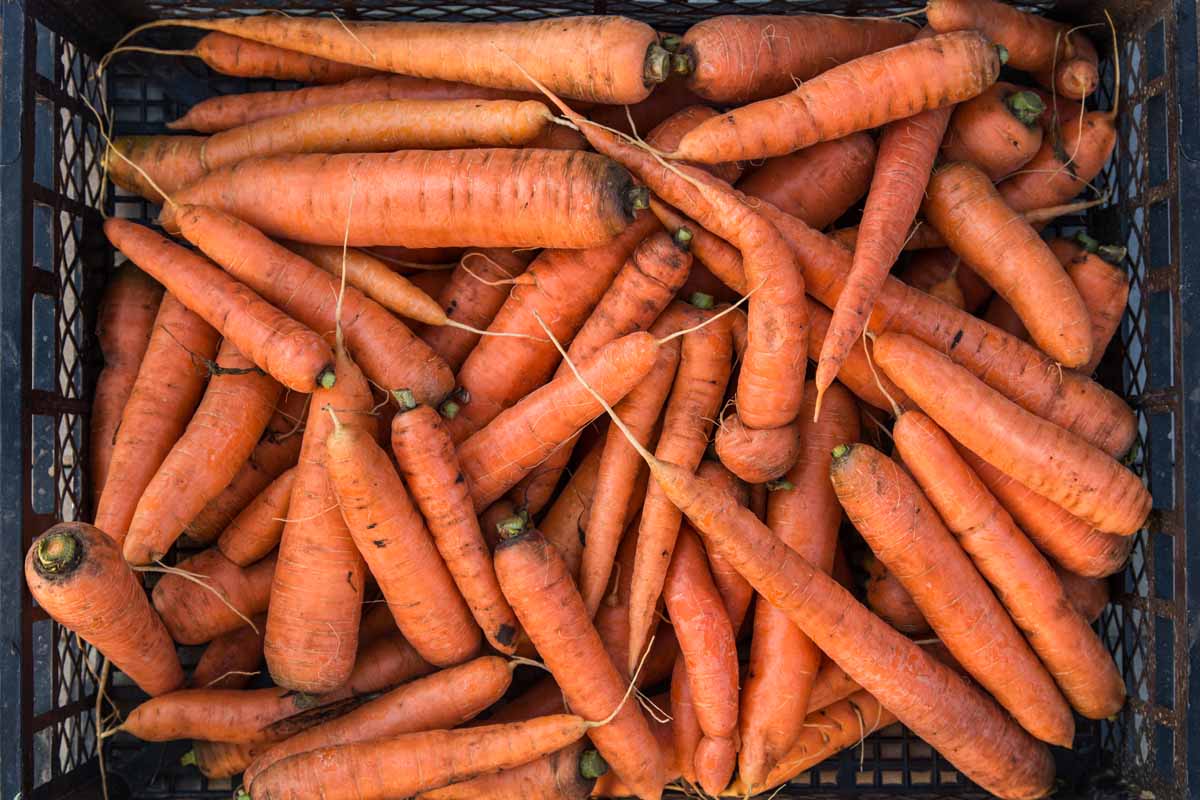
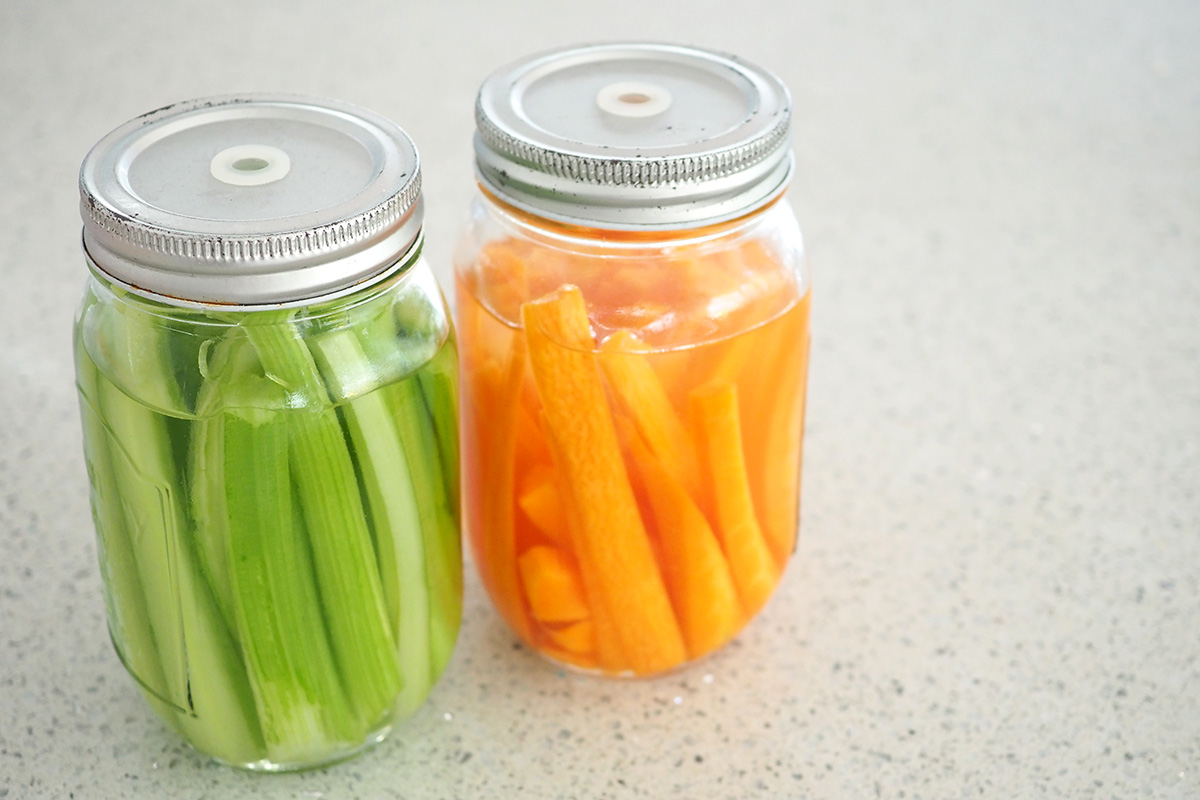

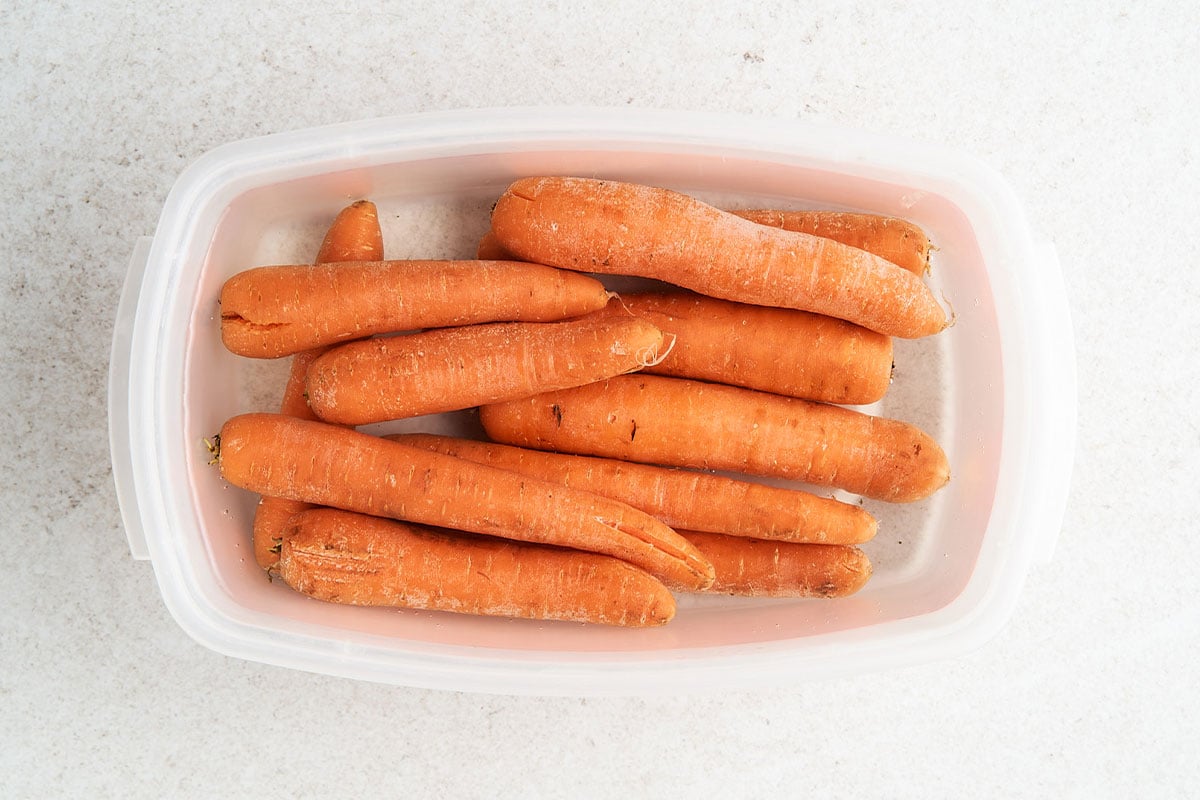
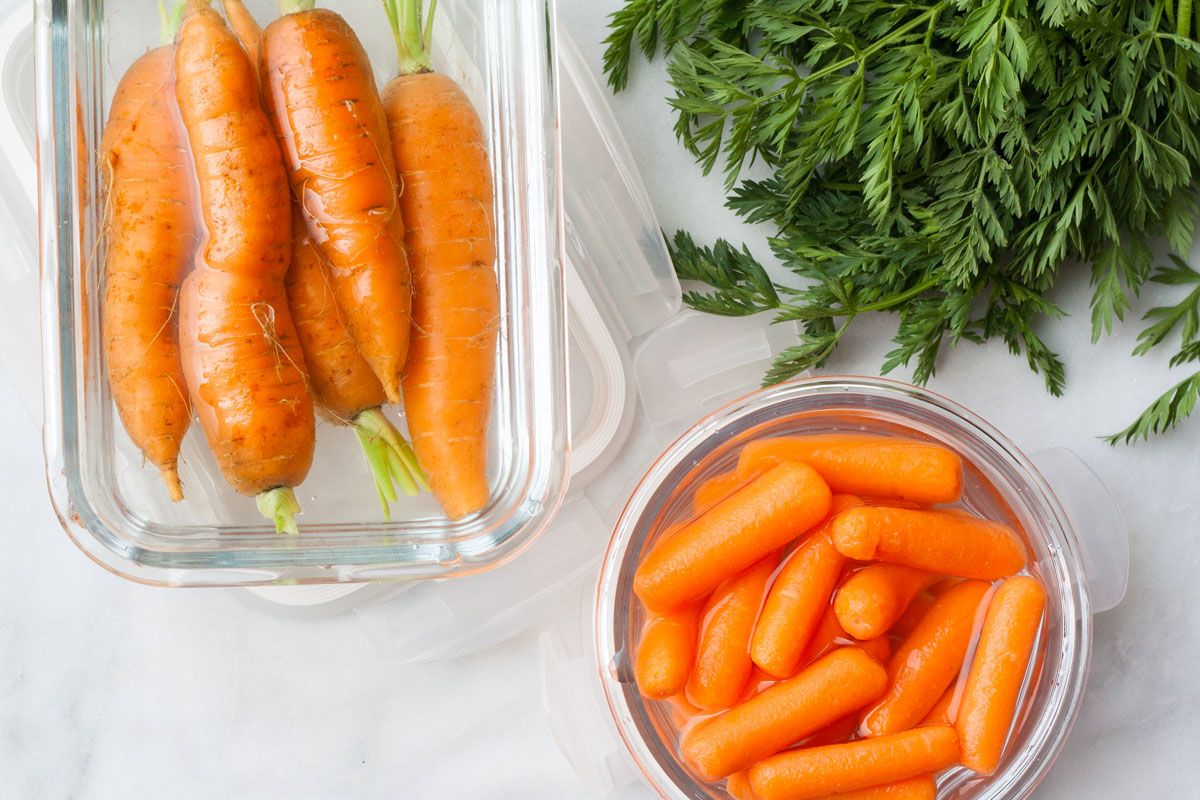
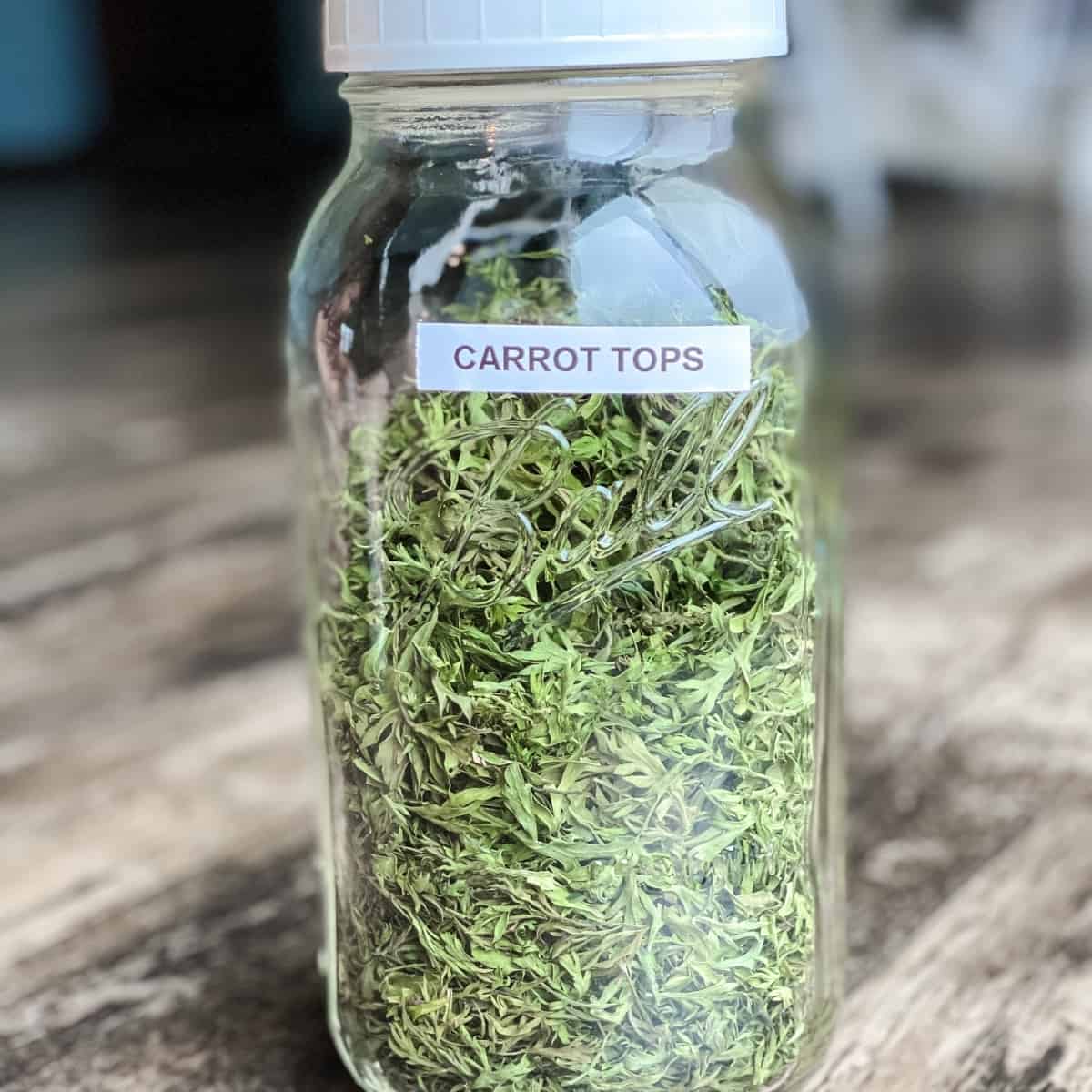
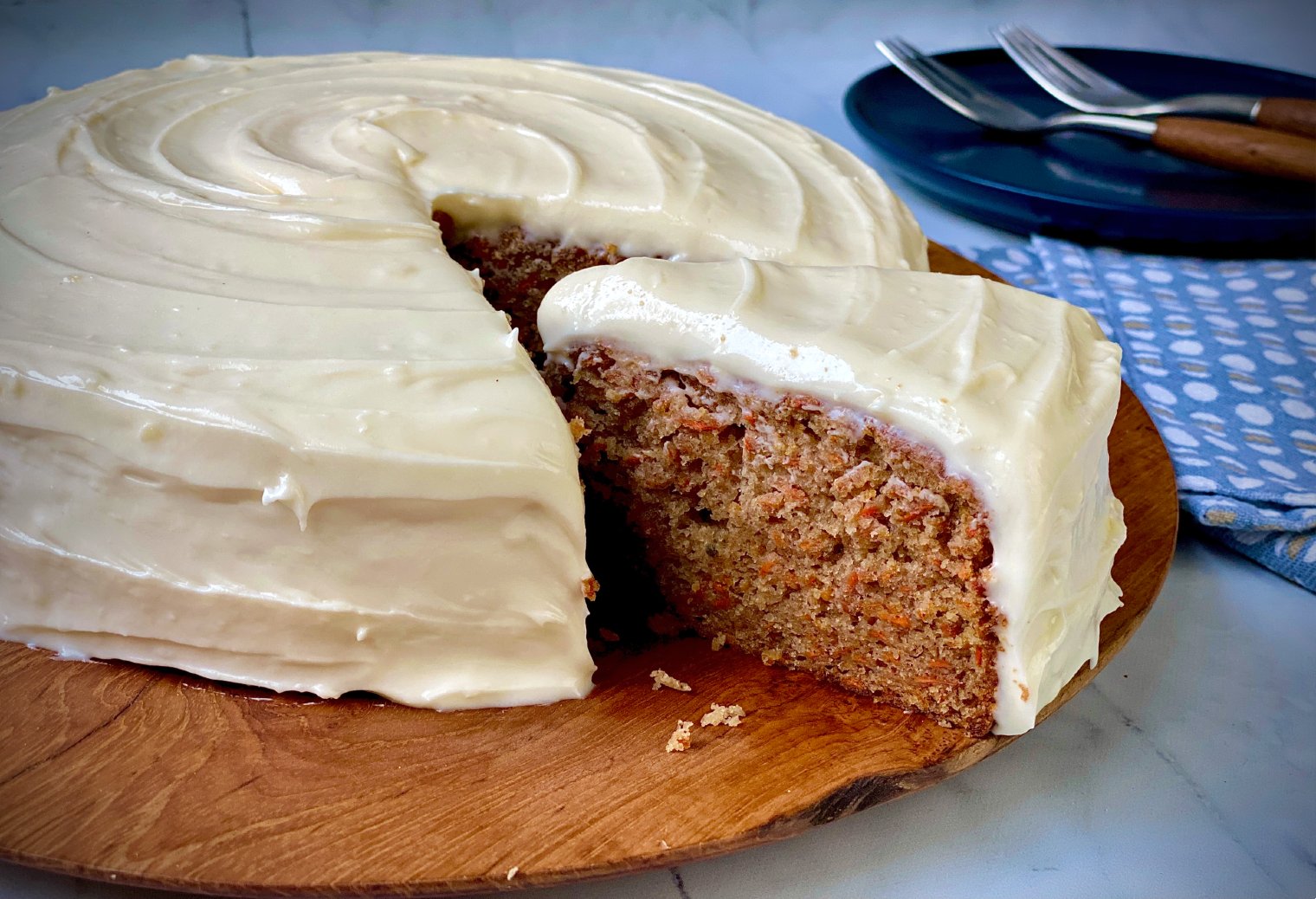
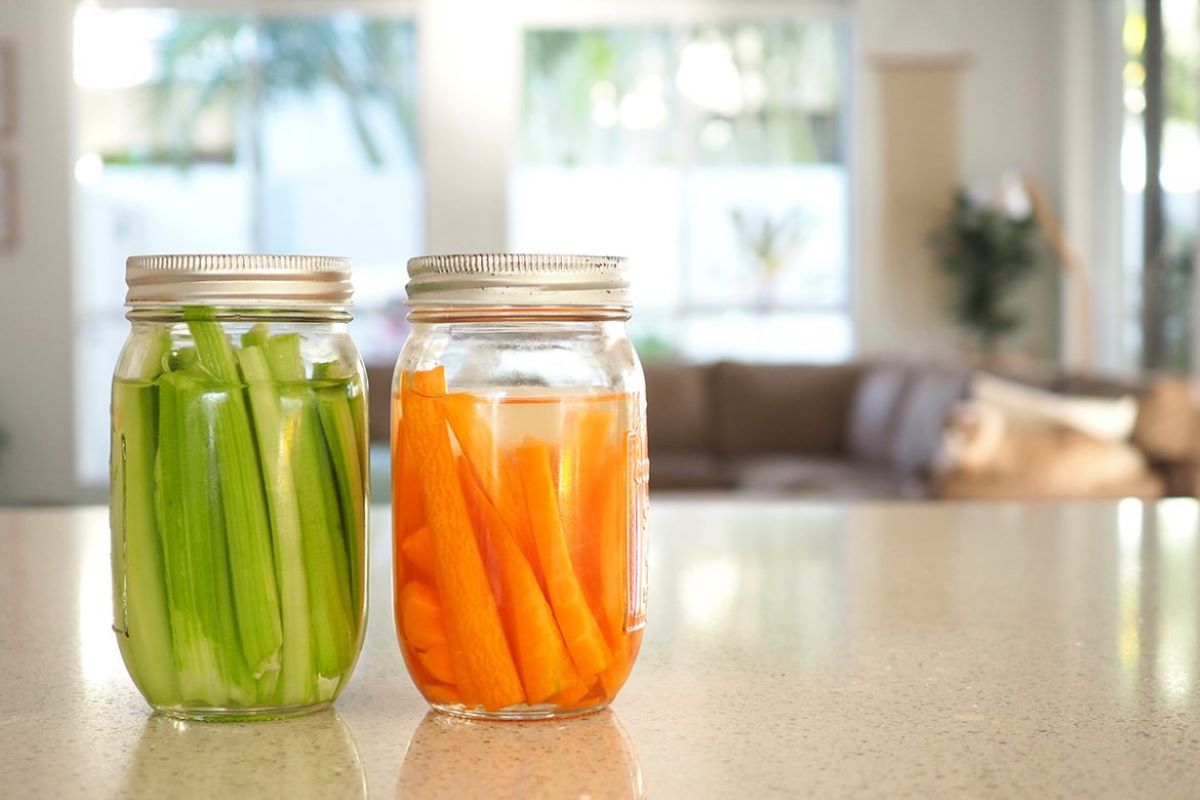

0 thoughts on “How To Store Carrots”